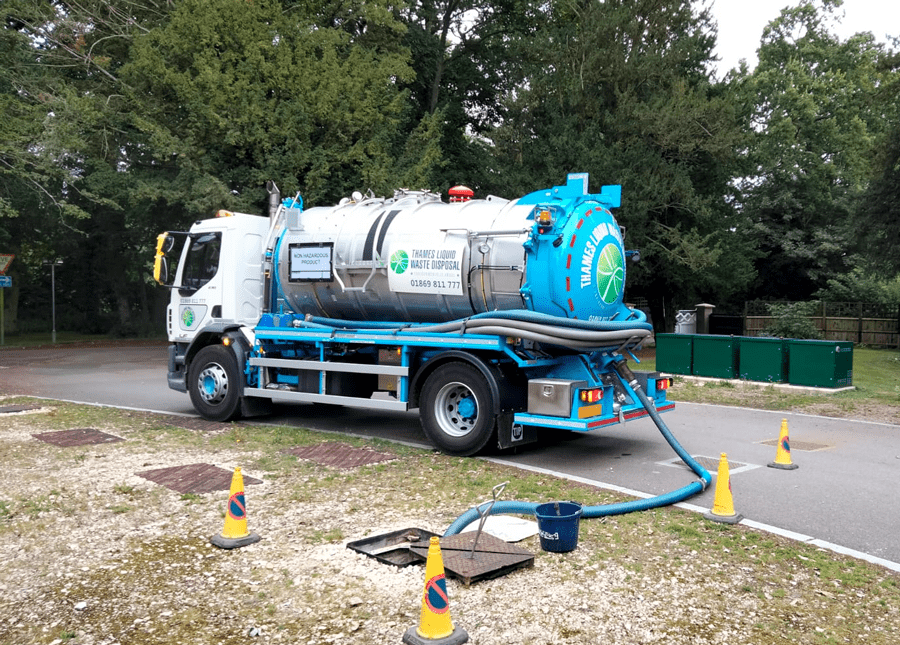Get This Report about Reclaim Waste
Table of ContentsThe Only Guide to Reclaim WasteReclaim Waste Can Be Fun For AnyoneThe Definitive Guide to Reclaim WasteReclaim Waste Things To Know Before You BuyFascination About Reclaim Waste
Explore the kinds, incidents, and forms of liquid waste. Domestic sewer waste describes the waste and products from a residential sewage-disposal tank. This kind of waste is created by human beings in homes, schools, and various other buildings. This only consists of sewage-disposal tanks that have a drain area. The proper monitoring and disposal of domestic sewage waste call for fluid waste to be transferred to a sewage therapy plant where the correct techniques and tools are used to purify and throw away waste.
Commercial waste typically consists of potential dangers, such as flammable materials or a combination of liquid and solid waste products, and calls for a more sophisticated and in-depth disposal process. The disposal of industrial waste typically entails the purification of waste prior to transport to ensure secure and appropriate disposal. Hazardous waste is developed from byproducts and overflow of commercial procedures and manufacturing.
This kind of waste can not utilize the same sewer management transportation or processes as septic or industrial fluids. The commercial waste monitoring procedure calls for the evaluation and screening of fluid waste prior to it undertakes the disposal procedure (liquid waste removal melbourne). Overflow waste is the liquid waste that comes from overflow and excess stormwater in extremely inhabited areas or cities
Overflow waste can trigger contamination and flooding if not handled appropriately. Discover more about sewer cleansing and waste monitoring. Ensuring proper waste monitoring can prevent calamities and lower ecological damage. Both individuals in domestic settings and professionals in industrial or production industries can profit from recognizing the procedures and guidelines of liquid waste management.
Facts About Reclaim Waste Uncovered
Call PROS Solutions today to find out about our waste management and disposal solutions and the proper methods to care for the liquid waste you generate.
(https://forums.hostsearch.com/member.php?271151-reclaimwaste1)This supposed 'wastewater' is not only an essential resource yet, after treatment, will certainly be released to our land, rivers or the ocean. Utilized water from toilets, showers, baths, cooking area sinks, laundries and commercial processes is recognized as wastewater.

water utilized to cool down machinery or tidy plant and equipment). Stormwater, a type of wastewater, is runoff that streams from farming and metropolitan locations such as roofing systems, parks, yards, roads, courses and gutters right into stormwater drains pipes, after rainfall. Stormwater flows neglected straight to local creeks or rivers, eventually getting to the sea.
Reclaim Waste for Beginners
In Queensland, a lot of wastewater is dealt with at sewer therapy plants. Wastewater is carried from residential or commercial websites via a system of sewers and pump stations, referred to as sewerage reticulation, to a sewage treatment plant. City governments build, maintain and operate most sewage treatment plants. Operators are licensed under the Environmental Protection Act 1994 to discharge treated wastewater at an acceptable ecological standard into waterways.
The Division of Natural Resources suggests neighborhood federal governments concerning managing, operating and maintaining sewage systems and therapy plants. In unsewered locations, city governments may require owners to mount private or home sewage therapy systems to deal with domestic wastewater from toilets, cooking areas, restrooms and laundries. The Division of Natural Resources authorizes using household systems when they are confirmed to be efficient.
Many stormwater receives no therapy. In some new neighborhoods, therapy of some stormwater to get rid of trash, sand and gravel has actually begun making use of gross contaminant traps. Wastewater therapy happens in 4 stages: Removes strong matter. Bigger solids, such as plastics and other things incorrectly released to drains, are removed when wastewater is travelled through screens.
Makes use of tiny living organisms understands as micro-organisms to damage down and get rid of remaining dissolved wastes and fine fragments. Micro-organisms and wastes are incorporated in the sludge.
An Unbiased View of Reclaim Waste
Nutrient elimination is not offered at all sewage treatment plants because it calls for pricey specialist devices. Clear liquid effluent created after treatment may still contain disease-causing micro-organisms - liquid waste removal melbourne.

The majority of wastewater streams into the sewerage system. Under the Act, neighborhood federal governments administer authorizations and licences for ecologically relevant tasks (Periods) including wastewater launches that might have a neighborhood impact.
Not known Facts About Reclaim Waste
Tracking supplies accurate info concerning water top quality and can go to this website validate that licence conditions are being fulfilled. The info acquired with tracking offers the basis for making water high quality decisions.